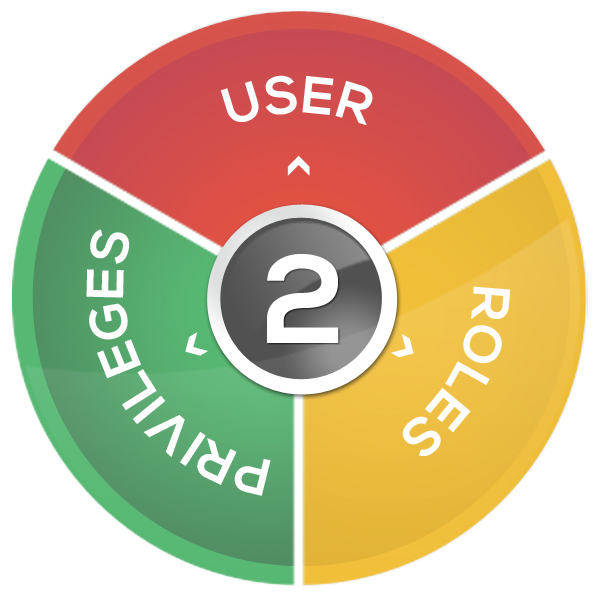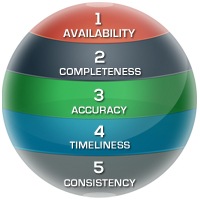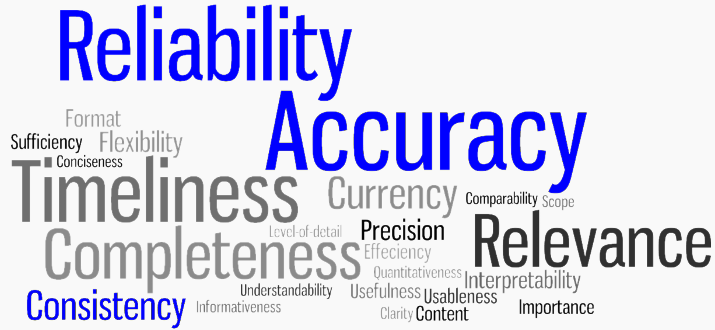Part 2: Defining Roles for IAM – From the Bottom Up
We believe that a two-pronged approach to roles definition is the key to implementing Role Based Access Control (RBAC) successfully. While there are tools that can automate the ‘bottom up’ approach, the old adage “Garbage In, Garbage Out” applies. If the data that you are basing your role definition on are bad, then a bottom […]
Part 2: Defining Roles for IAM – From the Bottom Up Read More »







